
The name “Cadillac” is still employed as a figure of speech denoting luxury and
excellence. People still refer to a particularly fine product as the “Cadillac of” its type.
Soon, however, General Motors will have Cadillac without a Cadillac.
General Motors’ decision to terminate production of the XTS and CT6 means Cadillac will not sell a large luxury sedan in the United States after 2019. That decision abandons any remaining claim Cadillac held as a prestige luxury automotive brand.
It is the large luxury sedan that creates, and then cements, the image of a prestige automotive brand in the public mind. The aspirational effect of that automobile transfers prestige to other, lesser vehicles in the product line. The S Class is what makes Mercedes-Benz a prestige brand. Lexus is a premium brand because the LS series, currently the LS500, is a large luxurious sedan exuding quality. When Hyundai decided to create Genesis as its own prestige brand, the first step was introducing a large luxury sedan – the G90 – aimed directly at the S Class, the LS500, and other luxury sedan competition from the BMW 7 Series and Audi A8 and S8.
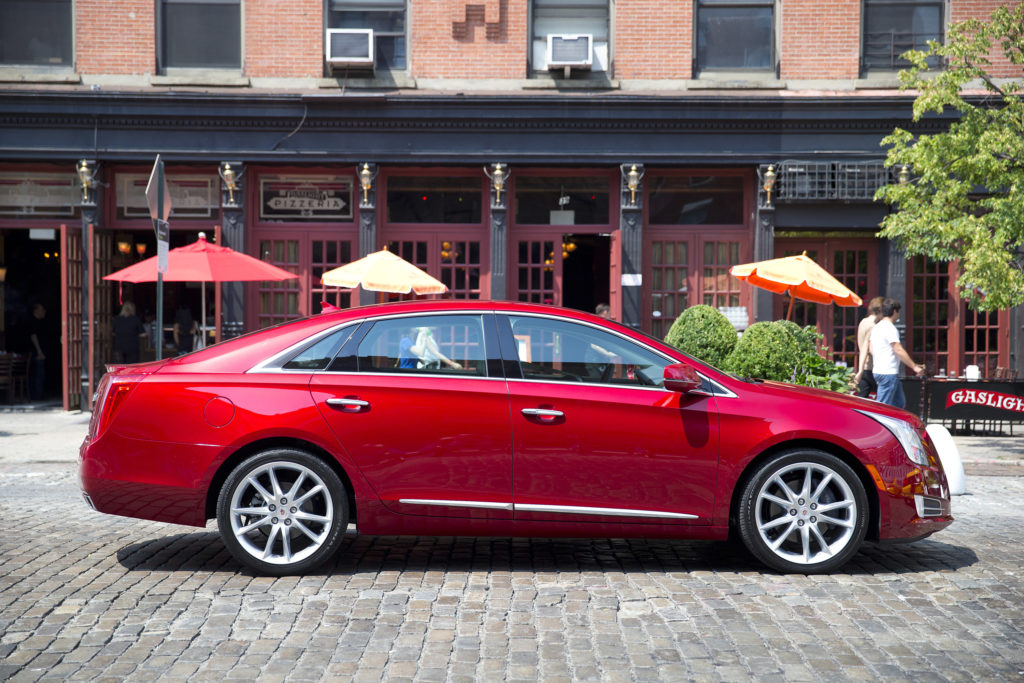
General Motors’ stated reason for dropping the XTS and CT6 is poor sales.
The sales numbers show a very different story.
The notion that the luxury sedan market is atrophying on its way to extinction is contradicted by the sales numbers of Cadillac and of other luxury brands. Combined 2017 sales for the Mercedes-Benz S Class, BMW 7 Series, Lexus LS500, Audi A8 and S8, Jaguar XF, Genesis G90, and Lincoln Continental were 56,036. Cadillac sales of the XTS were 16,275. Combined with CT6 sales of 10,542, Cadillac sold 26,817 large luxury sedans in 2017.
Cadillac sold one-third of all luxury sedans sold in the United States in 2017.
It likely would have sold more of the XTS in 2017, had Cadillac not already started abandoning its core customer.
As an automobile model ages, its sales decline. Sales of the Mercedes S Class in 2017 were 15,888. When the current model was first introduced in 2014, its sales were 25,276. Sales in the last year of the preceding model, 2013, were 13,303. XTS sales show the same effects of aging. Introduced as a 2013 model in June of 2012, XTS sales in the last half of 2012 were 15,049. In 2013, the first full year of the model, 32,559 were sold. Sales were lower in following years, but were still 22,171 in 2016, the first year the CT6 was offered.
It would seem obvious that Cadillac would be planning the successor to the XTS. But it wasn’t. Cadillac’s management wanted to attract those customers who bought imported luxury brands. The XTS was the division stepchild, ignored as the division lavished advertising on the ATS and CTS. Those were the automobiles management envisioned as the brand’s future. The XTS – the modern version of the DeVille – did not fit into that plan. Even so, the XTS outsold the CTS every year. It outsold the ATS, a far less expensive automobile, in three of the first six years of ATS production.
Declining XTS sales are a self-fulfilling prophesy created by General Motors’ failure to replace the XTS with a successor that appealed to the same market. Cadillac simply abandoned its core customer: the men and women who have, year after year, purchased the Cadillac DeVille, by whatever name General Motors offered it.
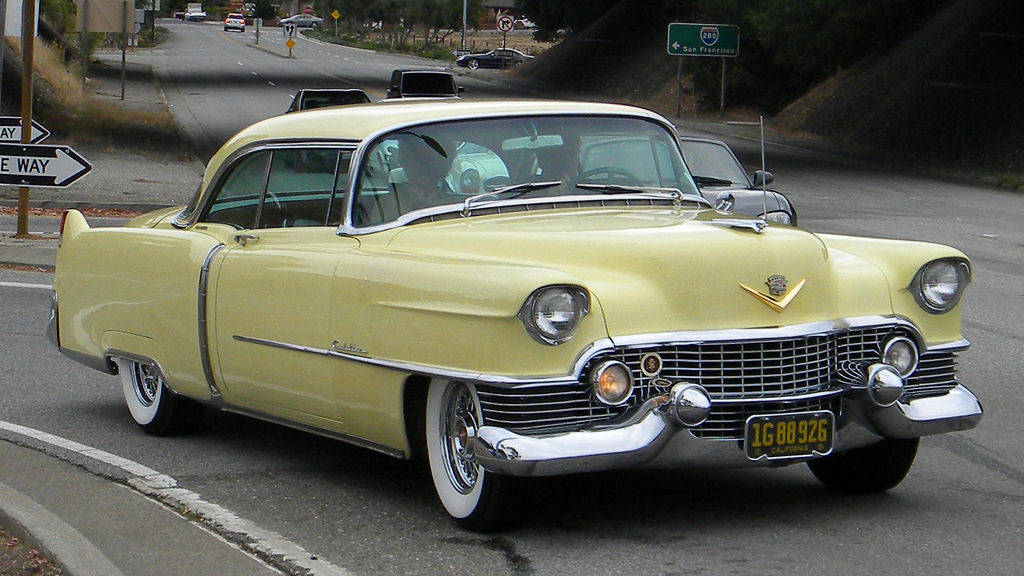
Since shortly after World War II, the Cadillac that appealed to the traditional Cadillac customer has been the DeVille. In the 1950’s and 1960’s, the DeVille was the best-selling luxury automobile in the United States by a huge margin. Even today, when people think of a Cadillac, it is probably a DeVille they envision. The DeVille was a symbol of success.
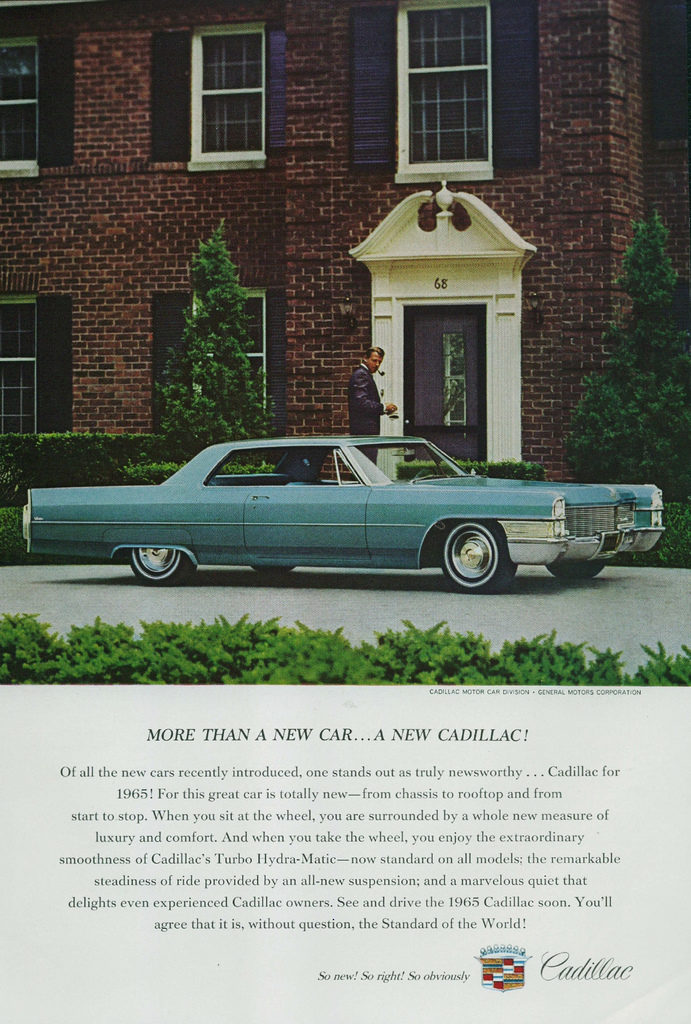
It was also a well-engineered automobile that provided real value for the price it commanded. Cadillacs of the day offered performance, power, and luxury above the levels of the competition. The DeVille coupled those features with a price that was affordable to large numbers of customers.

Most people are familiar with the dismal history of General Motors, and the American automobile industry generally, during the 1970’s and 1980’s. Cadillac suffered from slipshod quality and styling that became caricature. Though it refined its styling by the mid-1990’s, the corporate attitude toward quality did not change. In 2008, the vice-president in charge of General Motors quality assurance acknowledged that the company had been designing vehicles and components to a 100,000-mile design life. The 2008 CTS was the first General Motors vehicle with a design life of 250,000 miles.
Even with all this, the DeVille customer still wanted a Cadillac.
Cadillac still wanted that DeVille customer.
Only a few months before General Motors filed for bankruptcy, one of its staff members assured a group of automotive bloggers (including this author) attending the 2008 Chicago Auto Show that there soon would be a replacement for the Cadillac DTS, the model originally introduced in 2000 as a DeVille. (DTS is an acronym for DeVille Touring Sedan.) The new model would be built on a new rear-wheel drive platform and powered by a new V-8 replacement for the Northstar engine first used in the DeVille in 1996).
It didn’t happen. General Motors executives had predicted industry sales of 16,000,000 new automobiles and trucks for 2008. Had that come true, General Motors might have made it through. But the industry sold 13,000,000 vehicles. General Motors canceled Cadillac’s replacement V-8 at the deadline for ordering tooling – probably because the company could not pay for it. The assembly plant building the DTS already had been committed to build the Chevrolet Volt. General Motors needed the political benefit of the Volt far more than it need a replacement Cadillac.
When the General Motors bankruptcy ended, Cadillac had no DeVille, no DTS, no large sedan. Its dealers could not survive indefinitely on sales of the CTS and Escalade.
The solution was the XTS.
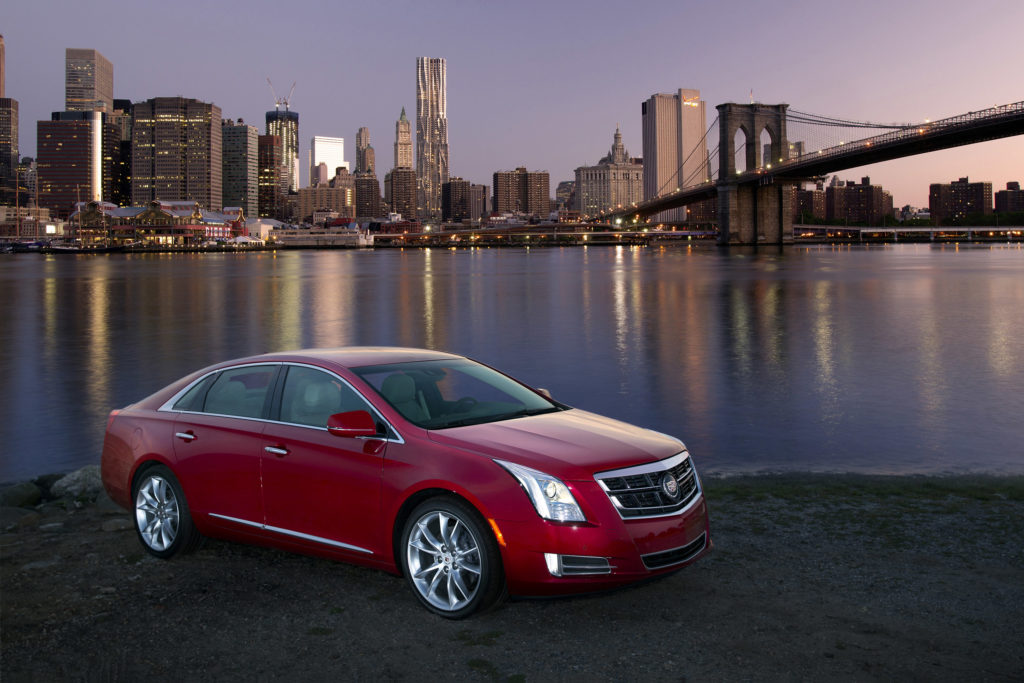
With the planned new platform now dead, General Motors developed a DeVille successor on the Epsilon II platform designed in Germany by Opel and already planned for the Buick LaCrosse. The only available engine suitable for that platform was the corporate “High Feature” V-6. The company styled a new body shell for the XTS, one that incorporated traditional design elements – such as the vertical tail lamps reminiscent of those on the 1967 Eldorado and 1969 DeVille.
The XTS was a hit with Cadillac customers.
But not with Cadillac management.
Management wanted to produce rear and all-wheel drive models that would complete in the market segments created and dominated by the German luxury brands. The XTS was a front wheel drive platform with no equivalent in the German automotive caste system. It was an American luxury automobile produced by a division whose executives wanted to copy the German brands. Its management chose not to plan a replacement for the XTS. Instead, Cadillac would produce the automobile ultimately named the CT6. This was not a successor to the XTS. It was, instead, to be their answer to the top tier of the German automotive caste system – with the ATS, CTS, and CT6 filling each of the market segments dominated by the German brands.
To the traditional Cadillac customer, the company displayed a corporate condescension.
Then Cadillac management flinched. It could not afford to abandon the traditional Cadillac customer – not yet, anyway. XTS sales in 2015, the year before the CT6 was introduced, were 23,112. The XTS had outsold the CTS by almost 20%. Cadillac kept the XTS in production. It was a prudent decision. When the CT6 was introduced, the XTS easily outsold it. It still does.

Even in China.
In 2017, XTS sales in China were 41,645 – in contrast to only 11,917 for the CT6. In the first 9 months of 2018, the latest sales figures available, the XTS continued outselling the CT6, 47,564 to 12,368. (Both models are remaining in production in China.)
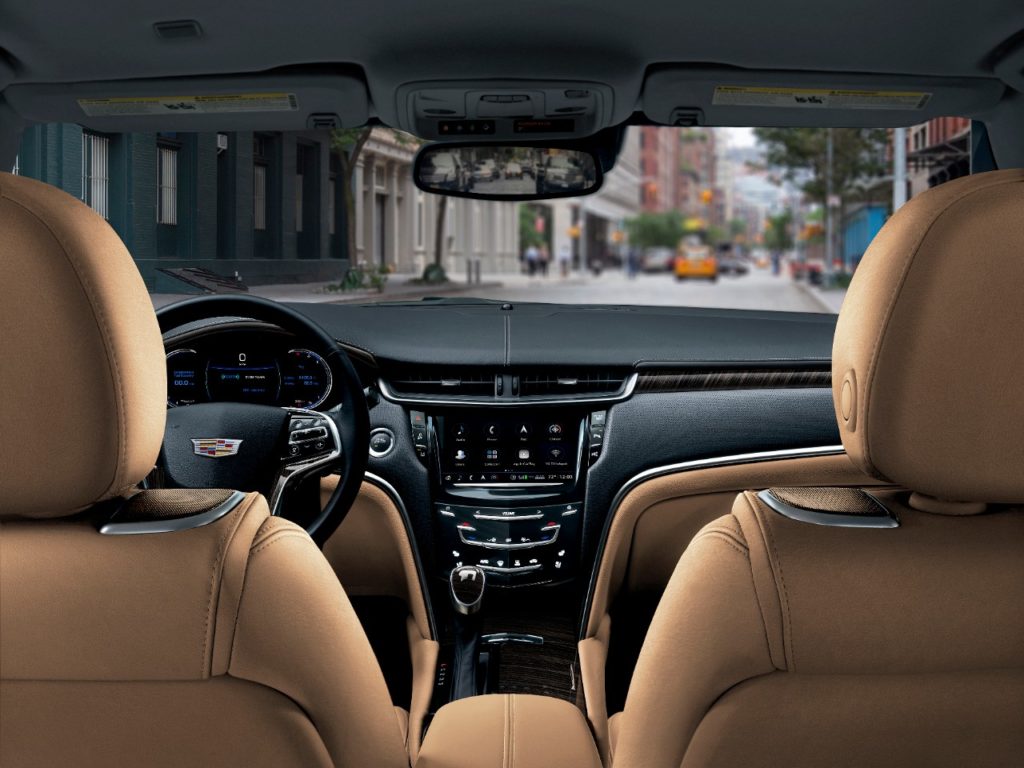
Cadillac had designed the wrong car – or, at least, it had not designed the right one. The base CT6 – the “Luxury” trim version – starts at $50,000.00. But that doesn’t buy real luxury. It buys a plastic-looking interior and a 237 hp. four-cylinder engine. For the same cost, an XTS in “Luxury” trim offers a 304 hp. V-6 and a much more richly trimmed interior with brushed metal accents. If you want all the luxury features buyers expect in a Cadillac, the top line CTS Platinum model is priced above $90,000.00.
At that price, buyers want a car everyone knows cost more than $90,000.00.
There was a time Cadillac was the automobile you drove to let everyone know could afford one. Cadillac’s failure to recapture that image in the past decade stems directly from a marketing strategy that allowed its competition to define the market. Instead, Cadillac should have concentrated on the market it already possessed – that for the large American luxury automobile, built to a standard of quality and style superior other brands and providing true value to the customer that wants a traditional American luxury car – a market that XTS sales in China shows extends beyond the United States.
General Motors should have developed a successor to the XTS. It chose not to.
General Motors can put the Cadillac crest on crossovers and SUVs, but those are not the essence of the Cadillac brand. Without a large luxury sedan, it will lack the automobile that has always been the foundation of its prestige.
There will be no Cadillac of Cadillacs.
(For recent developments, please see our post “GM Backs Down” about GM’s decision to keep the CT6 in production – somewhere. It was all a misunderstanding, you see . . . For the very beginning of Cadillac as a brand, see the reference to the Henry Ford Company in our post about Henry Ford and Elon Musk.


